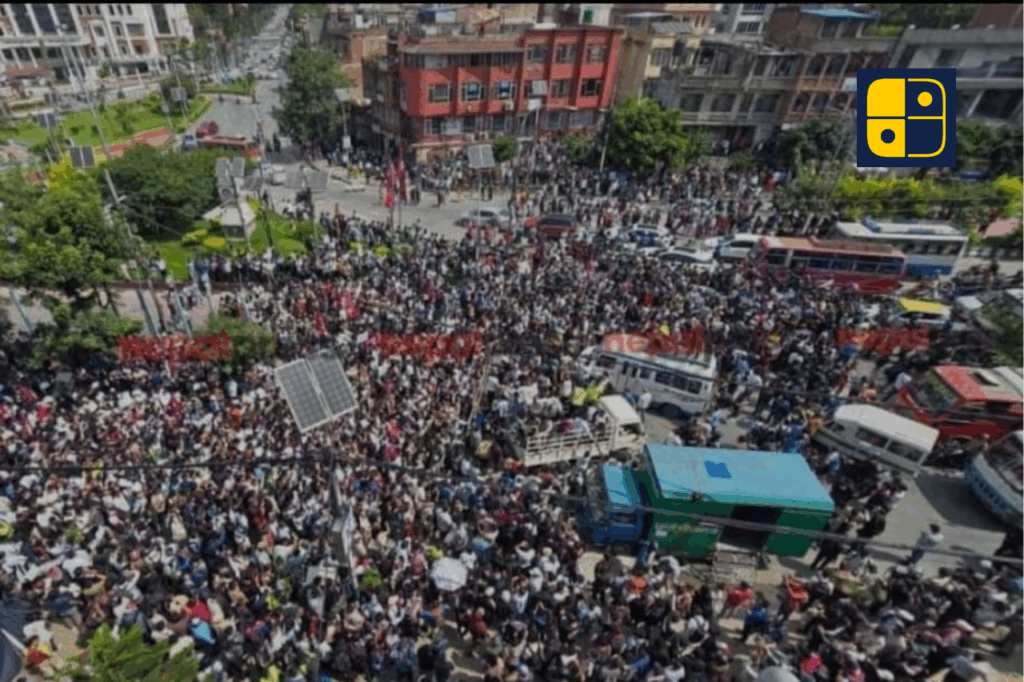Nepal stands at a historic turning point as youth-led protests reshape its political future. Sparked by a sudden social media ban, demonstrations quickly spread nationwide, fueled by anger over corruption, unemployment, and unfulfilled democratic promises. Clashes with security forces left many people dead, forcing Prime Minister K.P. Sharma Oli to resign and compelling authorities to revoke the ban.
The country now faces a leadership vacuum. Protest leaders, the army, and political actors are locked in negotiations to select an interim figure who can restore order and credibility. Former Chief Justice Sushila Karki is emerging as a frontrunner, respected for her independence and clean reputation. At the same time, Kulman Ghising, the reformer credited with ending Nepal’s crippling power cuts, is gaining traction among young demonstrators who see him as a capable, non-political alternative.
These youth-led movements mark a profound shift in Nepal’s politics, challenging traditional elites and demanding transparency. The momentum highlights a generation unwilling to accept half-measures or symbolic reforms. As the debate intensifies, one question dominates: can Nepal’s next interim leader channel the energy of its restless youth into lasting democratic transformation?

